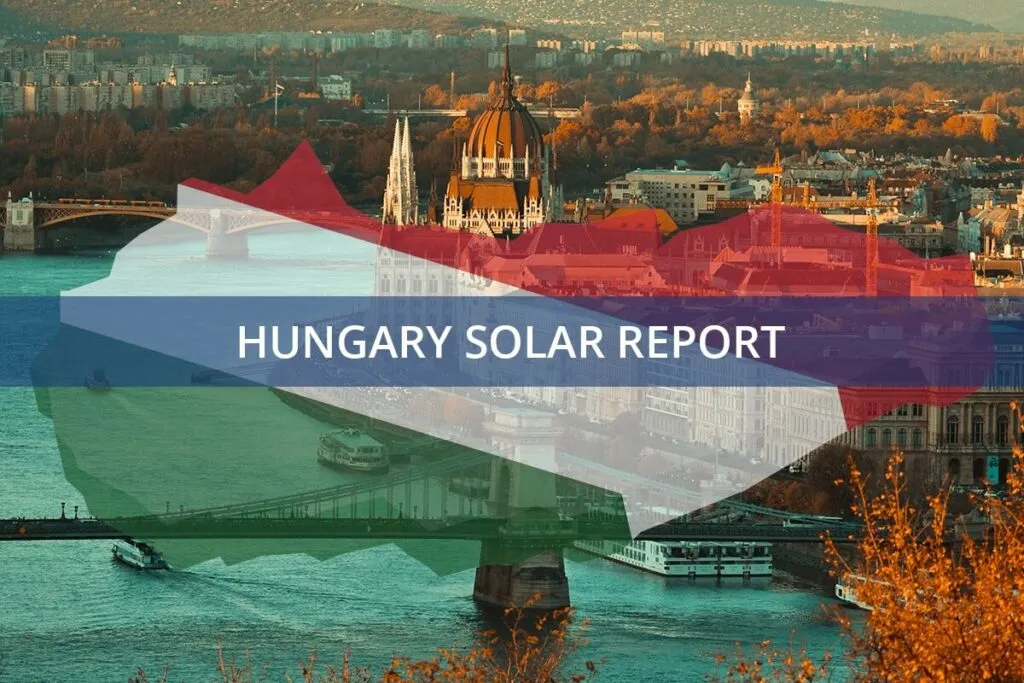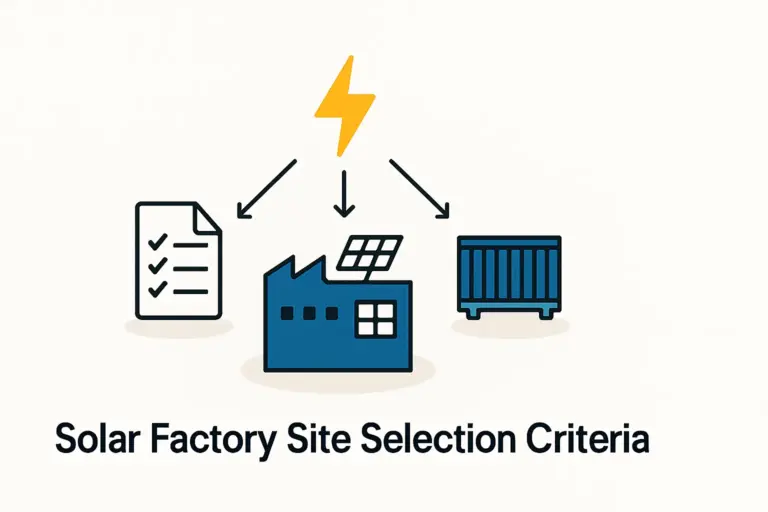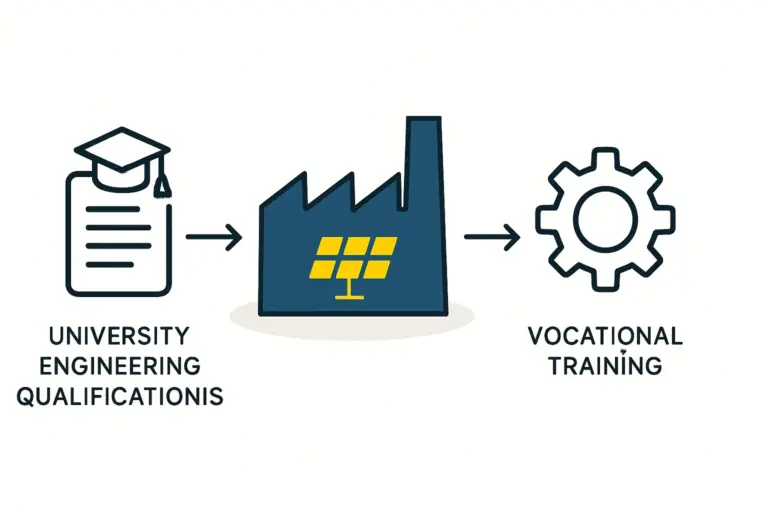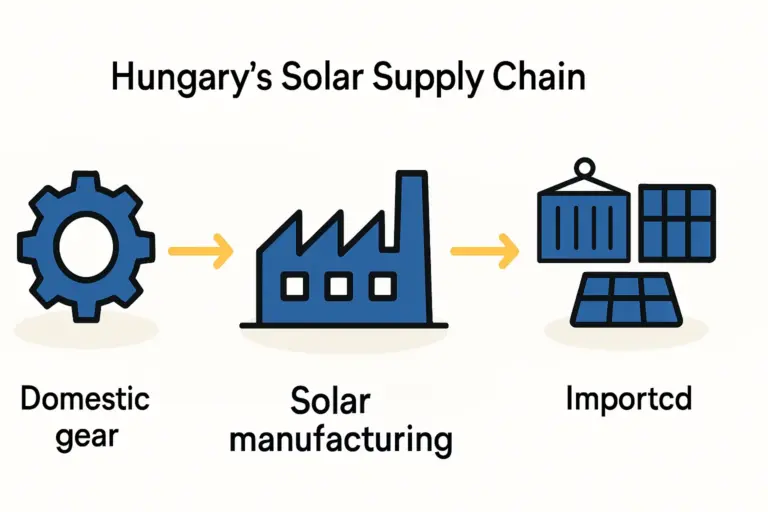An investor identifies Hungary as a prime location for a new solar module factory, and for good reason. The country’s strategic position in Europe, skilled workforce, and investment incentives create a compelling business case. The land is scouted, and initial financial models look promising.
Yet a critical, often underestimated, hurdle remains: securing an environmental permit. Without it, the project simply cannot proceed.
This process, the Environmental Impact Assessment (EIA), is a mandatory step in Hungary, as it is across the European Union. For entrepreneurs new to industrial development in the region, navigating this process can be complex and time-consuming. Understanding the steps, documentation, and potential challenges isn’t just a matter of compliance; it’s a fundamental part of strategic project planning.
This article provides a clear, structured overview of the Hungarian EIA process for solar panel production facilities. It outlines the legal framework, procedural steps, and key considerations to help investors prepare for this essential phase of establishing the complete turnkey factory setup (URL: /solar-panel-manufacturing-plant).
Understanding the EIA Framework in Hungary
The Environmental Impact Assessment is a systematic process used to identify, predict, and evaluate the potential environmental effects of a proposed industrial project before any development is approved. Its goal is to ensure that projects with significant environmental implications proceed only after their impacts are thoroughly understood and mitigated.
Hungary’s regulatory framework rests on two pillars:
-
European Union Directives: The primary legislation is the EU’s EIA Directive (2011/92/EU, as amended by 2014/52/EU), which sets the standard for all member states.
-
National Hungarian Law: This EU directive is transposed into Hungarian law through key legislation, including Act LIII of 1995 on Environmental Protection and, most importantly, Government Decree No. 314/2005 (XII. 25.), which details the specific procedures for the EIA.
For an investor, this means the process is not arbitrary but follows a well-defined legal path. The authority responsible for overseeing it is typically the County Government Office, specifically its Environmental and Nature Protection Main Department.
The Two-Tiered Approval Process: Screening vs. Full EIA
Not every industrial project requires the same level of scrutiny. The Hungarian system uses a two-stage approach to determine the necessary depth of assessment for an environmental permit.
1. The Screening Procedure (Előzetes vizsgálat)
This is the initial step for most projects. The investor submits a Preliminary Impact Assessment Document to the environmental authority, which then determines whether the project is likely to have significant environmental effects.
The authority evaluates the project based on criteria such as:
- Project Size and Capacity: The proposed annual production output.
- Location Sensitivity: Proximity to protected nature reserves, water resources, or residential areas.
- Potential Impacts: The nature of emissions, water usage, and waste generation.
Based on this review, which typically takes up to 45 days, the authority issues one of three decisions:
- The project has no significant environmental impact; an environmental permit is granted without a full EIA.
- The project’s impacts are uncertain, and a full EIA is required.
- The project is not permissible at the proposed location.
2. The Full Environmental Impact Assessment (Környezeti hatásvizsgálat)
If the screening process determines a full EIA is necessary, the project enters a far more detailed and lengthy assessment phase. This comprehensive procedure can take 12 to 18 months or longer, depending on the project’s complexity and the quality of the documentation. This stage involves an in-depth analysis of all potential environmental consequences and the development of robust mitigation strategies.
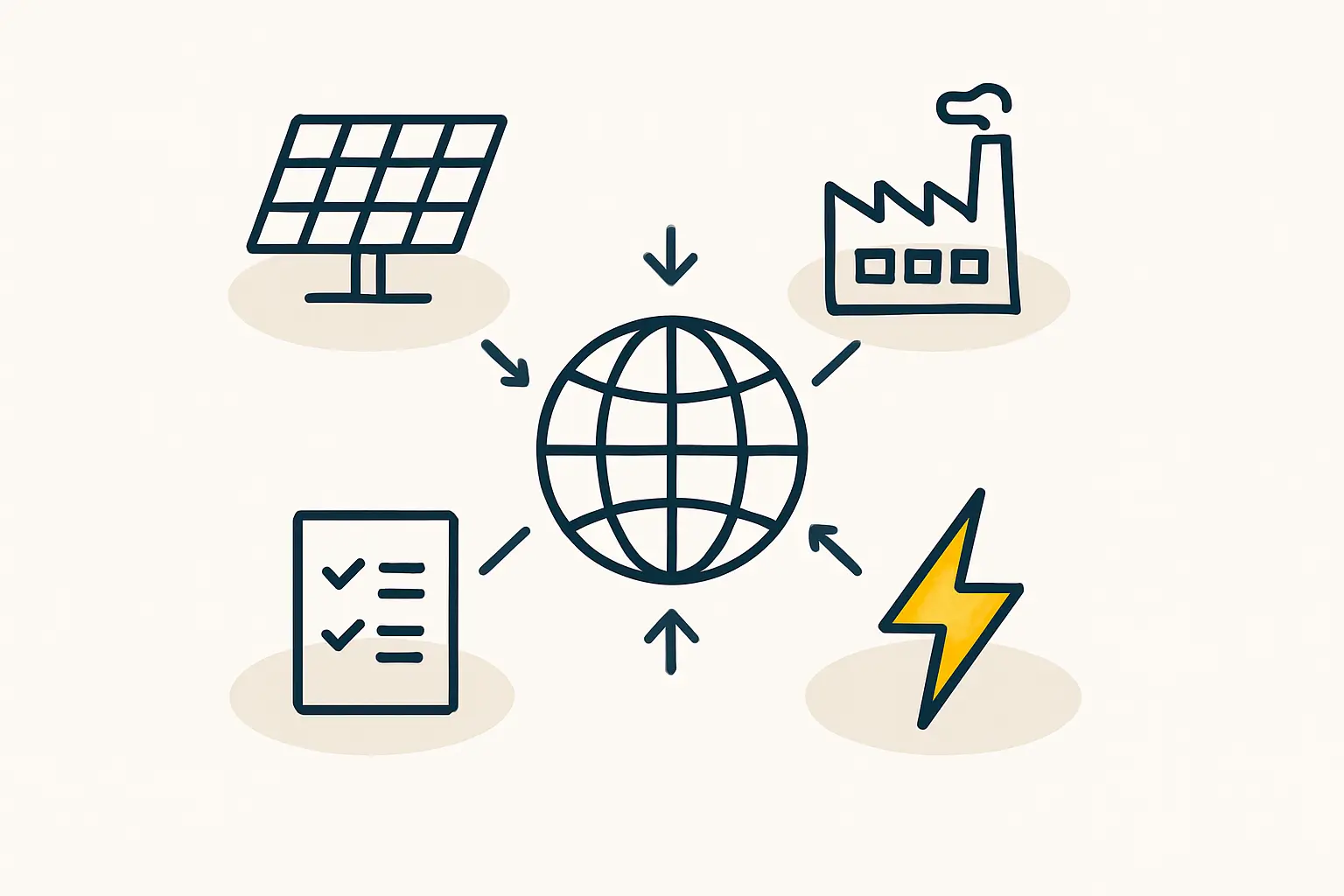
A Step-by-Step Walkthrough of the Full EIA Process
Once a full EIA is mandated, the process unfolds in several distinct phases, each requiring meticulous preparation.
Step 1: Scoping
The investor, usually through a licensed local environmental consultant, submits a scoping document. This document outlines what the full impact study will cover, including the specific environmental factors to be investigated and the methods to be used. The authority reviews this scope to ensure it is comprehensive.
Step 2: The Environmental Impact Study (Környezeti hatástanulmány)
This is the core of the EIA process. A detailed study is prepared to thoroughly examine the project’s potential effects on air quality, water, soil, biodiversity, noise levels, and public health. For a solar manufacturing plant, this study must address specific operational aspects:
- Chemical Management: Use and storage of materials for wafer etching, cell cleaning, and lamination.
- Water Consumption: Water requirements for cleaning and cooling processes.
- Waste Management: Plans for handling broken cells, expired chemicals, and other industrial by-products.
- Energy Consumption: The factory’s electricity needs and its effect on the local grid.
Step 3: Public Consultation
Because transparency and public involvement are mandatory, the completed Environmental Impact Study is made available to the public and relevant stakeholders. Public hearings are held where local residents, civil organizations, and other interested parties can review the plans, ask questions, and raise concerns. This stage is critical and can significantly influence the project’s outcome.
Step 4: Authority Decision and Permit Issuance
After the public consultation period, the environmental authority reviews the impact study, all submitted opinions, and expert reports before making a final decision. The environmental permit, if issued, will contain legally binding conditions that the facility must follow throughout its operational life. These conditions often include limits on emissions, waste disposal protocols, and mandatory monitoring requirements.
Essential Documentation and Common Pitfalls
Success in the EIA process hinges on the quality and completeness of the documentation. Inadequate or unclear information is a primary cause of delays.

The two key documents are the Preliminary Impact Assessment Document (for screening) and the full Environmental Impact Study (for the EIA). Both require expert preparation and must present a transparent and realistic assessment of the project.
Investors often face several common challenges:
- Underestimating Timelines: The 12–18 month timeline for a full EIA can disrupt project schedules if not factored into initial planning.
- Inadequate Local Expertise: Navigating the process without experienced Hungarian environmental consultants is a significant risk. Local experts understand the authority’s expectations and unwritten rules.
- Poor Public Engagement: A dismissive or unprepared approach to public consultation can create opposition that jeopardizes the project. Increased public and regulatory scrutiny on large industrial projects, such as battery plants, has recently heightened sensitivity around new developments in Hungary, making proactive communication more important than ever.
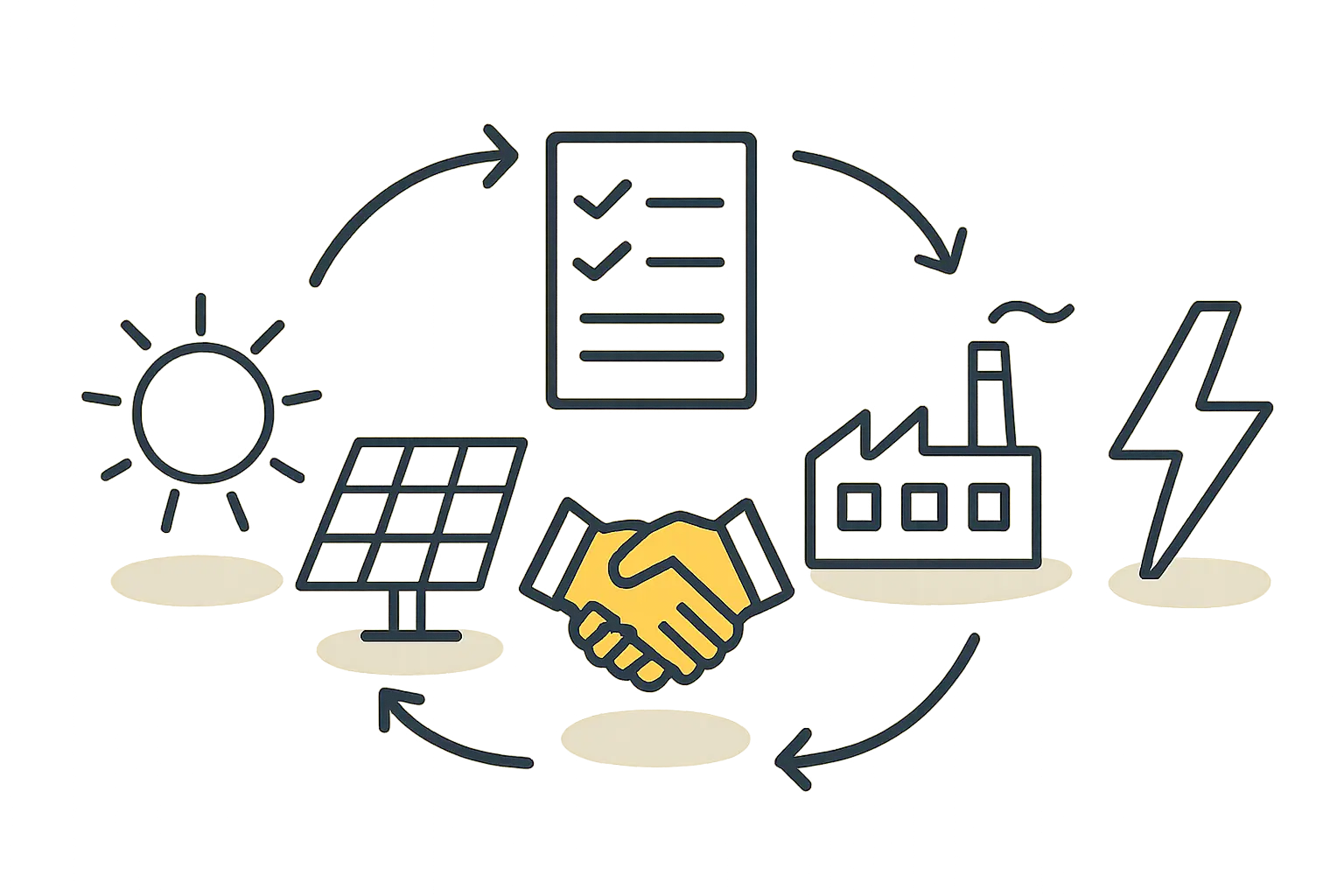
Frequently Asked Questions (FAQ)
Who is the competent authority for the EIA process in Hungary?
The primary authority is the County Government Office for the region where the project is located, specifically its Environmental and Nature Protection Main Department.
Is public participation really that important?
Yes, it is a legally mandated and influential part of the process. A well-managed public consultation can build trust, while a poorly handled one can lead to major delays or even project rejection.
What happens after an environmental permit is granted?
The permit includes binding conditions. The operator must implement the specified mitigation measures and conduct regular environmental monitoring and reporting to ensure ongoing compliance. The permit is not the end of environmental responsibility.
Can the EIA process be expedited?
While there are no official ‘fast-track’ options, the best way to avoid delays is through thorough preparation, high-quality documentation, and proactive engagement with authorities and the public from the start.
Does the EIA cover worker safety?
No. The EIA focuses exclusively on environmental impacts. Worker health and safety are covered by separate occupational safety regulations and permits.
Preparing for a Successful Application
Navigating Hungary’s EIA process is a marathon, not a sprint. It demands foresight, diligence, and expert guidance. For international investors, success depends on recognizing the process as a core part of the project’s development, not just an administrative hurdle.
The key takeaways are clear:
-
Plan Early: Integrate the EIA timeline and costs into your overall business plan and investment requirements (URL: /investment-solar-panel-manufacturing) from day one.
-
Engage Experts: Partner with reputable local environmental consultants who have a proven track record with Hungarian authorities.
-
Be Thorough: Ensure all documentation is comprehensive, data-driven, and transparently addresses all potential impacts.
A well-executed EIA not only secures the necessary permit but also lays the foundation for a sustainable, socially responsible operation. By carefully planning the factory building and layout (URL: /solar-factory-building-requirements) and considering logistical factors like hiring skilled labor (URL: /hiring-labor-solar-factory), a project can be structured for both regulatory approval and long-term success.

